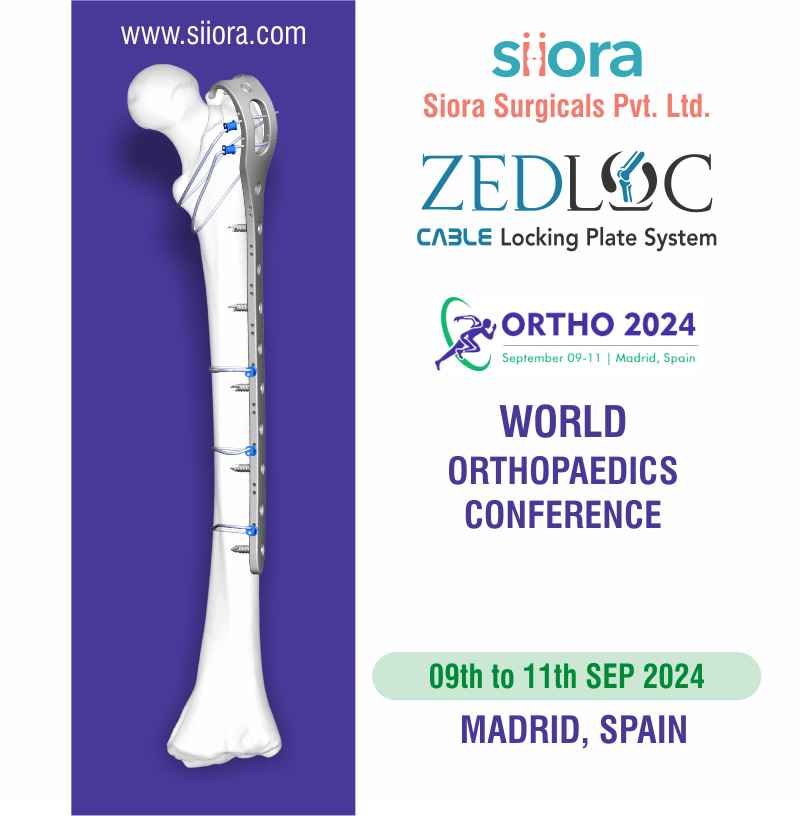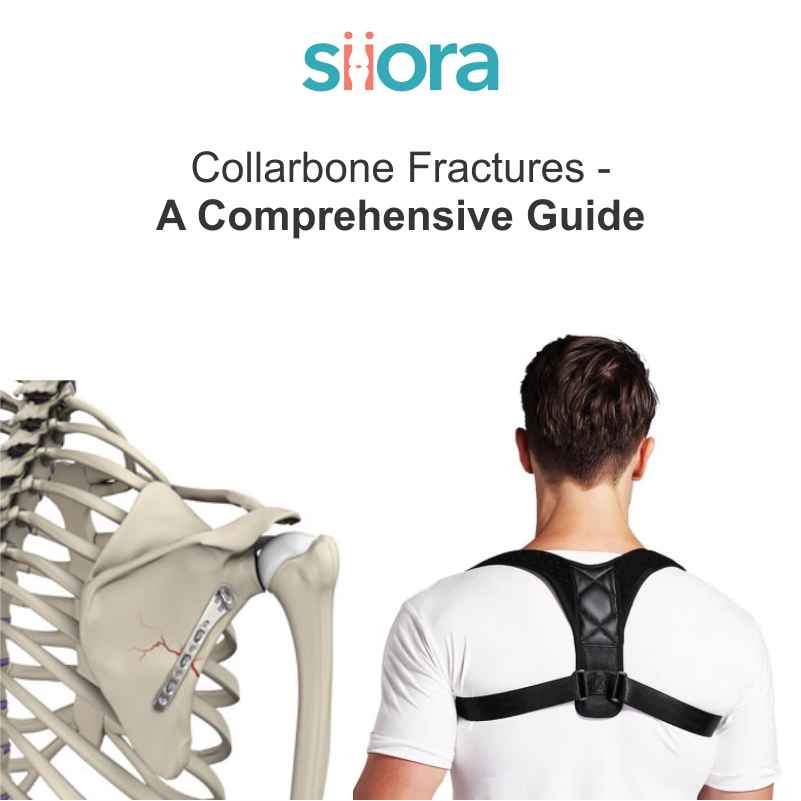Hip dislocation is a serious condition that needs timely medical attention as if delayed, severe complications may occur. Hip dislocation can affect anyone irrespective of age. However, the elderly is more prone to experiencing hip dislocation. Well, hip dislocation can also occur in newborns and the condition is congenital hip dislocation, and this is what we will discuss in the post. Let us start with a brief introduction to the condition.
What is Congenital Hip Dislocation?
Abbreviated as CHD, congenital hip dislocation is a condition where a child is born with an unstable hip. Also known as developmental dysplasia of the hip, the condition becomes worse as the child grows. CHD occurs because of abnormal formation of the hip joint during fetal development in the early stages.
The hip joint is a type of ball and socket joint and during birth, the hip of the child may sometimes dislocate. This means the ball portion (femoral head) of the hip joint moves out of its pelvic socket (acetabulum).
What Are the Causes of Congenital Hip Dislocation?
While the complete understanding of the exact causes of congenital hip dislocation are not there, several factors are there as potential contributors to the condition:
Genetic Factors
A family history of congenital hip dislocation increases the risk of a baby being born with the condition. Certain genetic variations or abnormalities may affect the development of the hip joint, leading to instability or dislocation.
Position in the Womb
The position of the fetus in the womb can play a role in the development of hip dislocation. Breech presentation, where the baby’s buttocks or feet are positioned to be delivered first, increases the risk of hip dislocation as the hips may be forced into an abnormal position.
Hormonal Factors
Hormonal imbalances during pregnancy may contribute to the laxity or looseness of the ligaments around the hip joint. This can affect the stability of the joint and increase the risk of dislocation.
Mechanical Factors
Mechanical factors during fetal development can also influence hip joint development. Insufficient amniotic fluid, crowding of the uterus, or abnormal fetal positioning may all contribute to abnormal hip development.
Environmental Factors
Certain environmental factors, such as swaddling techniques or the use of baby carriers that place the hips in an unhealthy position, can contribute to the development of hip dislocation.
It’s important to note that these factors may not always lead to congenital hip dislocation, and the condition can also occur spontaneously without any identifiable cause. Early detection and treatment are crucial for the successful management of congenital hip dislocation, as timely intervention can help correct the alignment of the hip joint and prevent long-term complications. Regular screenings and examinations by healthcare professionals are essential for identifying and managing the condition effectively.
What Are the Symptoms of Congenital Hip Dislocation?
Some common symptoms of congenital hip dislocation include:
Limited hip movement
The affected hip may have a reduced range of motion, especially in terms of abduction (spreading the legs apart) and internal rotation (turning the leg inward).
Asymmetrical thigh or buttock folds
When examining the baby’s thighs or buttocks, there may be noticeable differences in the skin folds or creases on each side. One side may appear deeper or more prominent than the other.
Clicking or popping sounds
In some cases, a clicking or popping sound may be there during the movement of the hip joint. These sounds indicate joint instability.
Leg length discrepancy
As the condition progresses, one leg may appear shorter than the other. We can observe this when the baby is lying down or during walking once the child begins to walk.
Favoring one leg
As the child starts to stand or walk, they may show a preference for one leg, avoiding putting weight on the affected hip.
It is important to note that some cases of congenital hip dislocation may not present with obvious symptoms, especially in the early stages. Regular check-ups and screenings by healthcare professionals are crucial to detect any abnormalities and ensure early intervention for optimal outcomes.
What is the Diagnosis for Congenital Hip Dislocation?
Early diagnosis is crucial to prevent long-term complications and improve treatment outcomes. The diagnosis of congenital hip dislocation involves a combination of clinical examination, imaging studies, and screening programs.
During a clinical examination, the healthcare provider assesses the range of motion and stability of the hip joints. They look for signs such as hip instability, asymmetry in hip creases, and limited abduction of the hip joint. If any abnormalities are there, the healthcare service provider suggests further diagnostic tests.
Imaging studies, such as ultrasound and X-ray, play a vital role in confirming the diagnosis and evaluating the severity of the condition. In infants younger than six months ultrasound allows visualization of the soft tissues around the hip joint. It can detect abnormalities in the position of the femoral head and the shape of the hip socket.
X-rays are for older infants and children to assess the bony structures of the hip joint. It provides a detailed view of the hip socket and femoral head. This helps determine the degree of hip dislocation and any associated abnormalities.
Additionally, screening programs are implemented to identify cases of congenital hip dislocation early on. These programs typically involve routine physical examinations of newborns and infants in the first few weeks of life. The healthcare provider checks for hip stability and conducts specific maneuvers to detect any abnormalities.
In conclusion, the diagnosis of congenital hip dislocation involves a comprehensive approach combining clinical examination, imaging studies, and screening programs. Early detection and intervention are crucial for successful treatment and preventing long-term complications associated with this condition.
What is the Treatment for Congenital Hip Dislocation?
The treatment of congenital hip dislocation, also known as developmental dysplasia of the hip (DDH), depends on the age of the patient, the severity of the condition, and individual factors. The primary goal of treatment is to achieve a stable and well-aligned hip joint to promote normal development and prevent long-term complications. The treatment options for congenital hip dislocation include harnesses, splints, and surgical interventions.
In mild cases, where the hip joint is only slightly unstable, the doctor recommends the use of a Pavlik harness or a similar device. This harness holds the hip joint in a position that promotes proper alignment and encourages normal development. It is typically worn for several months and requires regular monitoring by a healthcare professional.
For more severe cases or if the harness treatment is ineffective, a splint or brace may be used. These devices are designed to maintain proper hip joint alignment while allowing some movement. The duration of a splint or brace usage varies depending on the individual case and may last for several months to a year.
In certain instances, when non-surgical methods fail or if the condition is diagnosed in older children, surgical intervention may be necessary. The specific surgical procedure depends on the severity of the hip dislocation and can include techniques such as closed reduction, open reduction, or osteotomy. Closed reduction involves manipulating the hip joint back into its proper position without making an incision, while open reduction involves surgical access to reposition the hip joint. Osteotomy is a procedure where the bones are cut and realigned to improve the stability and alignment of the hip joint.
Following any treatment method, regular follow-up appointments and imaging studies are essential to monitor the progress and ensure the successful development of the hip joint.
In conclusion, the treatment of congenital hip dislocation involves a range of options, including harnesses, splints, and surgical interventions. The choice of treatment depends on the severity of the condition, the age of the patient, and individual factors. Early detection and prompt intervention are key to achieving optimal outcomes and preventing long-term complications.
Siora Surgicals Pvt. Ltd. is a Leading Orthopedic Implant Manufacturer in India with over 3 decades in the industry. The company manufactures a CE-certified range of orthopedic devices using medical-grade stainless steel and titanium. Siora has served clients in over 40 countries and is working hard to expand its international market reach. It owns a well-established production facility in the RAI District, Sonepat, Haryana. The manufacturing unit is equipped with advanced CNC and VMC machines. Besides this, there is a microbiology lab to check the bioburden on implants and an ISO class 10,000 cleanroom for contamination-free packaging. Siora Surgicals is also a trustworthy OEM/contract manufacturing service provider across the globe.








